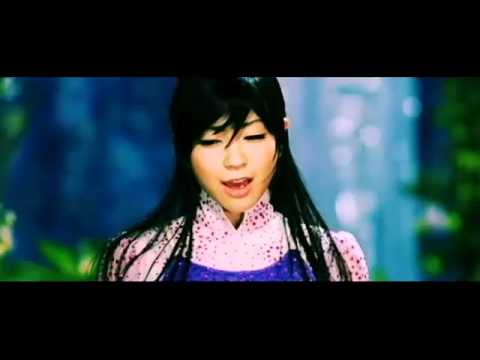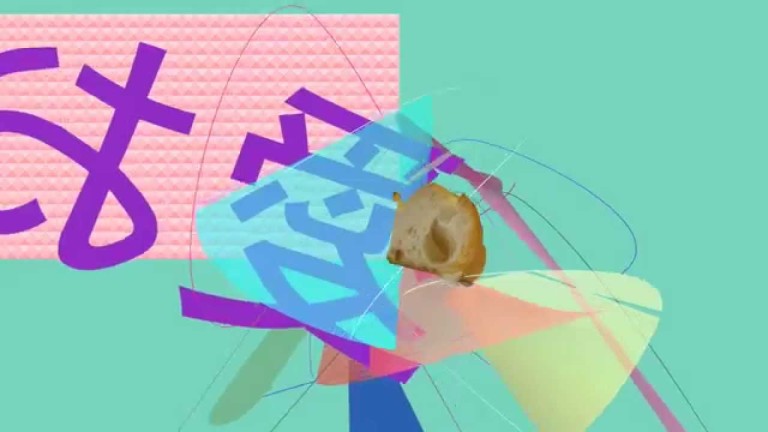New Kazumichi Komatsu (Madegg): The Ambassador
The artist formerly known as Madegg has been all over the place this decade. The Kyoto producer came up in the first half of the 2010s, in orbit around the Kansai region’s INNIT parties and seemingly releasing new tracks built around Brainfeeder-adjacent beats every other day (impressing a member of Perfume along the way). As…

